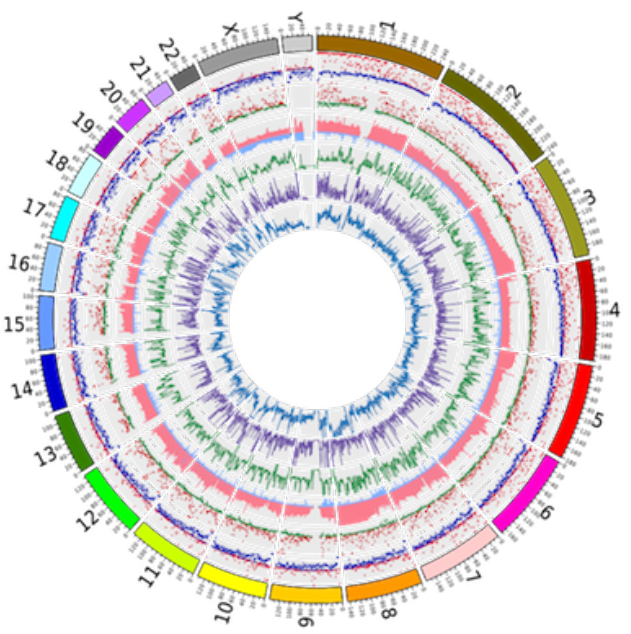
Release v81
9 May 2017
Welcome to the COSMIC news site. In our first article we will be talking about the COSMIC v81 release, giving you an overview of what's changed. We hope to use this as a channel for regular updates about COSMIC and how to use new features when they are launched.
As of today the COSMIC v81 (May 2017) is live and we have significant changes and new data. For v81 we have launched a new look website. It’s not quite 100% finished yet, but we are very excited about it so we have released it in beta and it will run alongside the existing website. There are several new features that are only available in the new site, including new download options for the COSMIC data files which avoids using the SFTP site. Full details about the new website are available here.
One of the other new features in the beta site is the Hallmarks of Cancer which has been integrated into the Cancer Gene Census pages. This is based on the defining work by D. Hanahan and R. A. Weinberg published in Cell in 2000. Now, in collaboration with Open Targets, we have integrated these key hallmarks into 111 of the most important genes in the cancer gene census. Further details of how to utilise the Hallmarks tool is available here.
COSMIC-3D, our new 3D tool for visualising and exploring cancer mutations, which was released in beta in February has now been released in full and is integrated into the new site. This tool, which was developed in conjunction with Astex Pharmaceuticals, provides users with interactive three dimensional visualisations of mutations within the context of the protein structure. The tool has been very well received and we have had a lot of useful feedback about the user interface, much of which has been incorprated. Here are details of the full release.
Next the all-important updates from our curation team. These include full literature curation across six new cancer genes and a further 220 genomes have been incorporated from nine systemic screen papers. The new genes include: DDR2, in which oncogenic gain-of-function mutations have been identified in 4% of squamous cell carcinomas. SMAD2 and SMAD3, both of which have mutations occurring at very low frequency across various cancer types. PREX2, which has mutations across the gene, including numerous truncating mutations. These mutations have been found in several cancer types including metastatic melanoma and basal cell carcinoma. NCOR1, which is reported to be among the most frequently mutated driver genes in breast cancer and also plays a role in skin cancer and colorectal carcinoma. Finally PPM1D, in which recurrent mutations have been observed in brainstem gliomas. There has also been an update for TET2. Mutations in TET2 are associated with haematopoietic and lymphoid disorders, and are found in progressions of some solid cancers after targeted therapy. We have also included the fusion pair SET-NUP214. This fusion results from a recurrent genetic abnormality at 9q34 and is found predominantly in T-cell acute lymphoblastic leukaemia, with a reported frequency of up to 10%.
The drug resistance pages have been updated to include the drug, Savolitinib and further updates have been included for five other drugs. We are also looking at changing how we display the drug resistance information in order to make it more useful and intuitive. Any suggestions on how we might display this information in a more relevant way would be very helpful.
For further technical details please see the v81 release notes.
